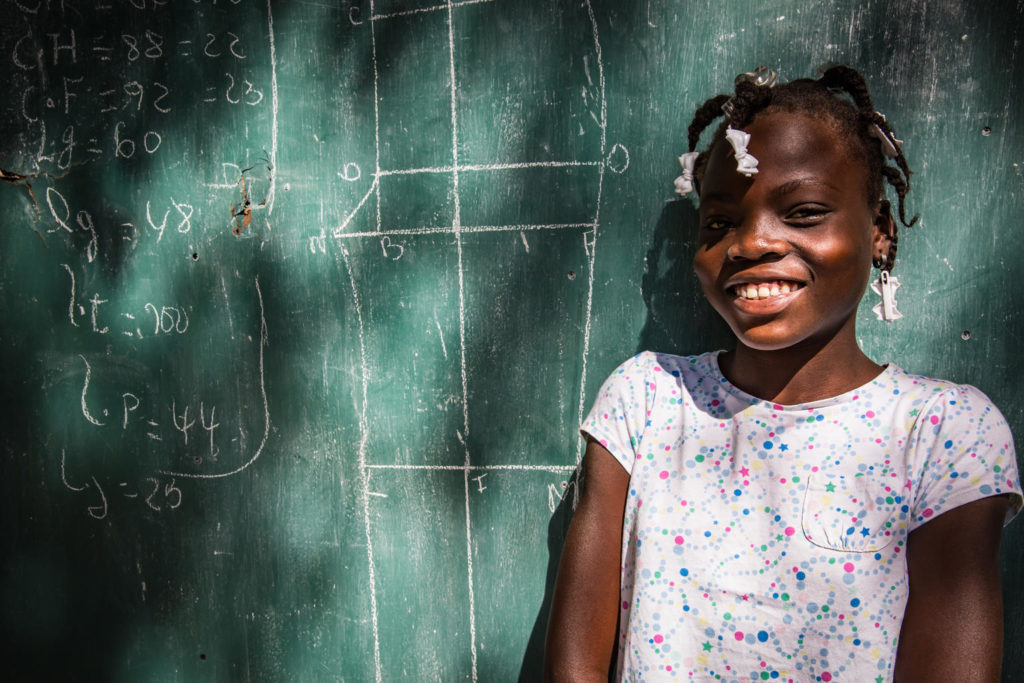Can specific country models for pricing and connectivity be replicated with other countries? Can they be used for school connectivity programs; and if so, what are the key implications to consider?
Giga, the innovative partnership between UNICEF and the ITU, offers a platform for countries to address these types of questions, and also to share knowledge, data, and good practices on how to achieve universal, meaningful and affordable connectivity.
The Organization of Eastern Caribbean States (OECS) has set digital transformation as a regional priority and has established common strategies to connect all schools to the Internet. Giga is working with the OECS to map every school in the region, and to provide real-time monitoring data on the quality of Internet connectivity.
On January 28, Giga conducted a webinar on Socio-Economic Pricing Regulation to share lessons from the Costa Rican experience with the “Connected Homes” program and to explore implementation considerations for the OECS region.
The “Connected Homes” program provided subsidies for Internet access that were set according to socioeconomic quintiles, reducing the price for access by 80% for the poorest quintile. Between 2016-2018, the program connected 140,000 families to broadband Internet, winning an ITU prize for policy innovation.
"The objective of this project is to promote the use of broadband at homes with vulnerable socio-economic conditions. It's a subsidy to the family, through telecom operators for a three year term."
Maryleana Méndez, General Secretary, Asociación Interamericana de Empresas de Telecomunicaciones (ASIET) Tweet
"To consider implementation of a program such as “Connected Homes”, all OECS countries must ensure that the high-level commitment to universality makes specific reference to broadband or the Internet."
Dr. Kim I. Mallalieu, Ph.D., Senior Lecturer, Department of Electrical & Computer Engineering, The University of the West Indies Tweet
As with the case for Giga countries, Costa Rica also used schools as “anchors” for bringing connectivity to entire communities.
"The schools’ connectivity is not a project itself... is part of a larger project to provide service to the community. The schools in the area are basically the main anchors for the connectivity project. If you connect a school, basically you have the necessary infrastructure in the community to connect the community... That is the way that networks work."
Maryleana Méndez Tweet
In addition to the concept of demand aggregation, the Webinar also covered some of the principles and regulatory policies from the Costa Rican experience on Socio-Economic Pricing, Universal Service Funds, and reverse auction.
"To me it is partly a matter of funding... But funding on itself is not the way we should be looking at this. It is a change of diet. In addition to any funding mechanism there is, there needs to be from the very beginning conceptual phase, a model in which the funding is only one part of the new diet… for example the stimulation of innovation is very important.”
Dr. Kim I. Mallalieu, Ph.D. Tweet
The Webinar showed that in addition to financial instruments and regulation, data, collaboration and leadership are critical to the success, replication and scalability of any type of connectivity programs.
"Start with the data and then make decisions based on the data. Don’t look at this as we have to do all of this stuff... What you have to do is incremental.”
Dr. Kim I. Mallalieu, Ph.D. Tweet
“One message is that it cannot be tackled only by the ICT authority. This must be a priority for the whole public sector and the whole ecosystem.”
Maryleana Méndez Tweet
Giga is not just about connecting schools and connecting people. It is also about empowering entire communities to break the cycle of poverty through technology and education.
Schools are the starting point, but we need to work collaboratively in order to break silos and achieve the impact and sustainability we want to see.

